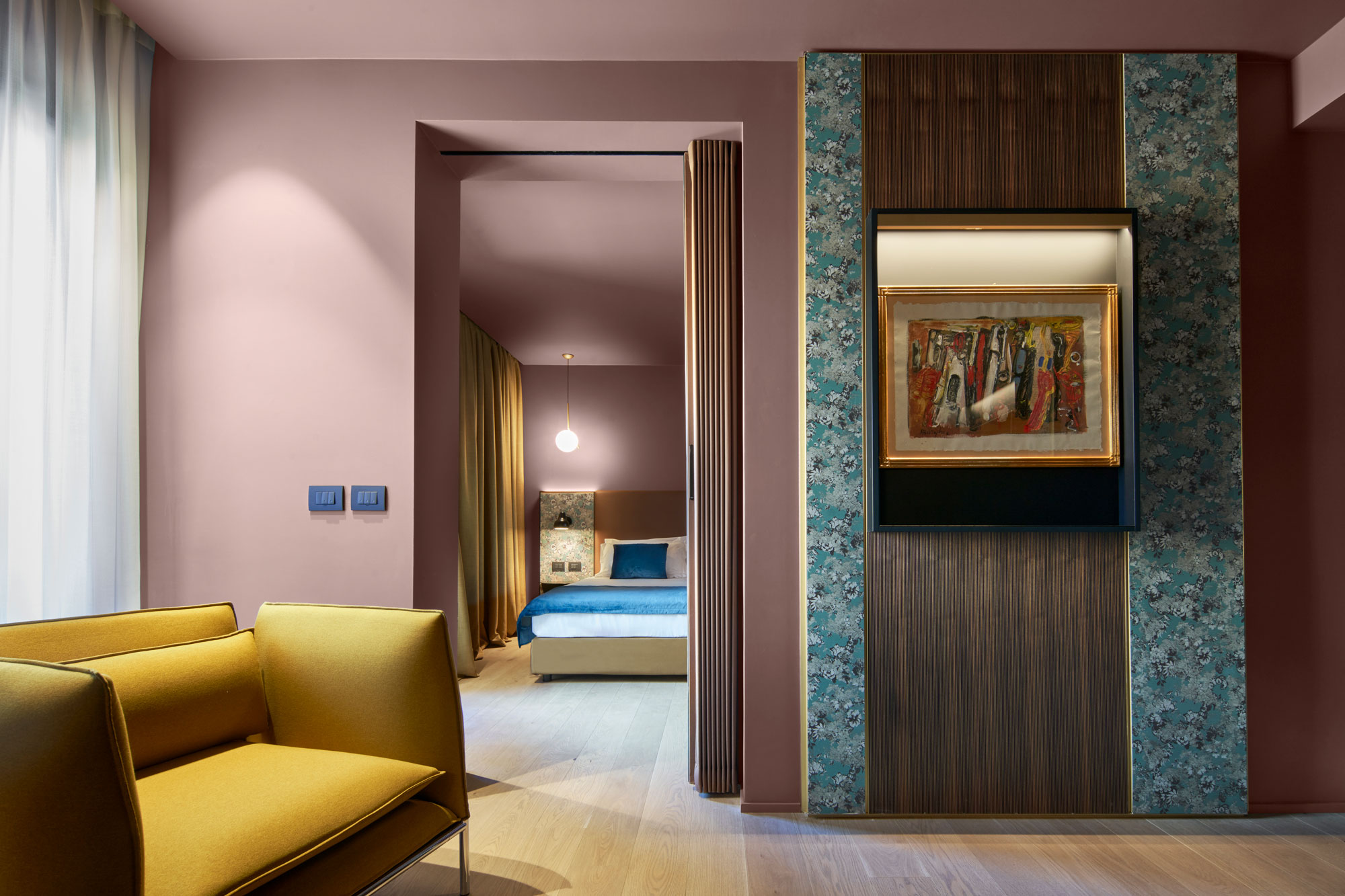The History of Ceramics in Emilia-Romagna
Emilia-Romagna is renowned for many things: its delicious cuisine, breathtaking landscapes and, last but not the least, its rich ceramic tradition. The history of pottery in this region has its roots in ancient times and has evolved over the centuries, becoming an important part of the cultural and artistic heritage of the area.
Roman Age: The First Steps
The first traces of ceramics in Emilia-Romagna date back to Roman times. The ancient Romans produced a wide range of ceramics for everyday purposes. Plates, amphorae and ornamental objects were among the main products of this era. These pieces were often decorated with geometric designs or figurative depictions, testifying to the skill of Roman craftsmen.
This historical heritage is well documented in various museums in the region. For example, the National Museum of Ravenna houses an impressive collection of Roman ceramics, including vases and plates decorated with fascinating details that take us back in time.
The Middle Ages and the Evolution of Ceramics
With the advent of the Middle Ages, the Emilia-Romagna ceramic tradition continued to develop. Monasteries and urban centers became important centers of ceramic production. The ceramics of this period were often glazed and decorated with motifs inspired by nature and religious iconography. These artifacts were both everyday objects and objects of artistic value.
To explore this crucial phase of ceramic history in Emilia-Romagna, you can visit the Museum of Medieval Ceramics in Faenza. This museum offers a large collection of medieval artifacts, including plates, cups and tiles decorated with beautiful medieval designs.
The Golden Age of Majolica during the Renaissance
During the Renaissance, the ceramics of Emilia-Romagna reached new heights of refinement. Majolica, a technique of ceramic glazing, became particularly popular in this region. Majolica ceramics were famous for their complex decorations, ranging from mythological scenes to picturesque landscapes. The art of majolica was an Italian excellence and its influence extended far beyond regional boundaries.
The International Museum of Ceramics in Faenza is an unmissable place to immerse yourself in the art of Renaissance majolica. This museum houses a vast collection of majolica, including extraordinarily decorated pieces representing the pinnacle of majolica art.

Successive Centuries: Evolution and Innovation
In the following centuries, the ceramics of Emilia-Romagna continued to evolve. New production and decoration techniques were developed, leading to the creation of increasingly sophisticated and fascinating artifacts. Ceramic production expanded to meet growing domestic and international demand.
The 20th Century and the Artistic Renaissance
In the 20th century, Emilian-Romagna ceramics experienced a real artistic renaissance. Artists and designers made important contributions to the production of contemporary ceramics, experimenting with innovative shapes, colors and styles. This period saw the fusion of tradition and modernity, creating unique and surprising works.
To explore this most recent phase of ceramic history, you can visit the Museo Carlo Zauli in Faenza. This museum celebrates the contemporary art of ceramics and offers a unique look at the latest developments in this field.
In addition to the famous ceramic district of Faenza, Emilia-Romagna hosts another important ceramic production center specialized in tiles and ceramics for floors and walls, the district of Sassuolo.
The Museum of Ceramics in Sassuolo offers a wide overview of the history of ceramics in this region, highlighting the importance of tradition and technological innovation. Sassuolo is an important part of the rich ceramic heritage of Emilia-Romagna and continues to thrive as a centre of excellence in ceramic production, maintaining a balance between tradition and innovation.
Today, Emilia-Romagna is still one of the most important Italian regions for the production of ceramics. Cities like Faenza, Imola, Gualdo Tadino and many others are renowned for their ceramic traditions. The ceramics of Emilia-Romagna are admired all over the world for their beauty, craftsmanship and artistic quality.


